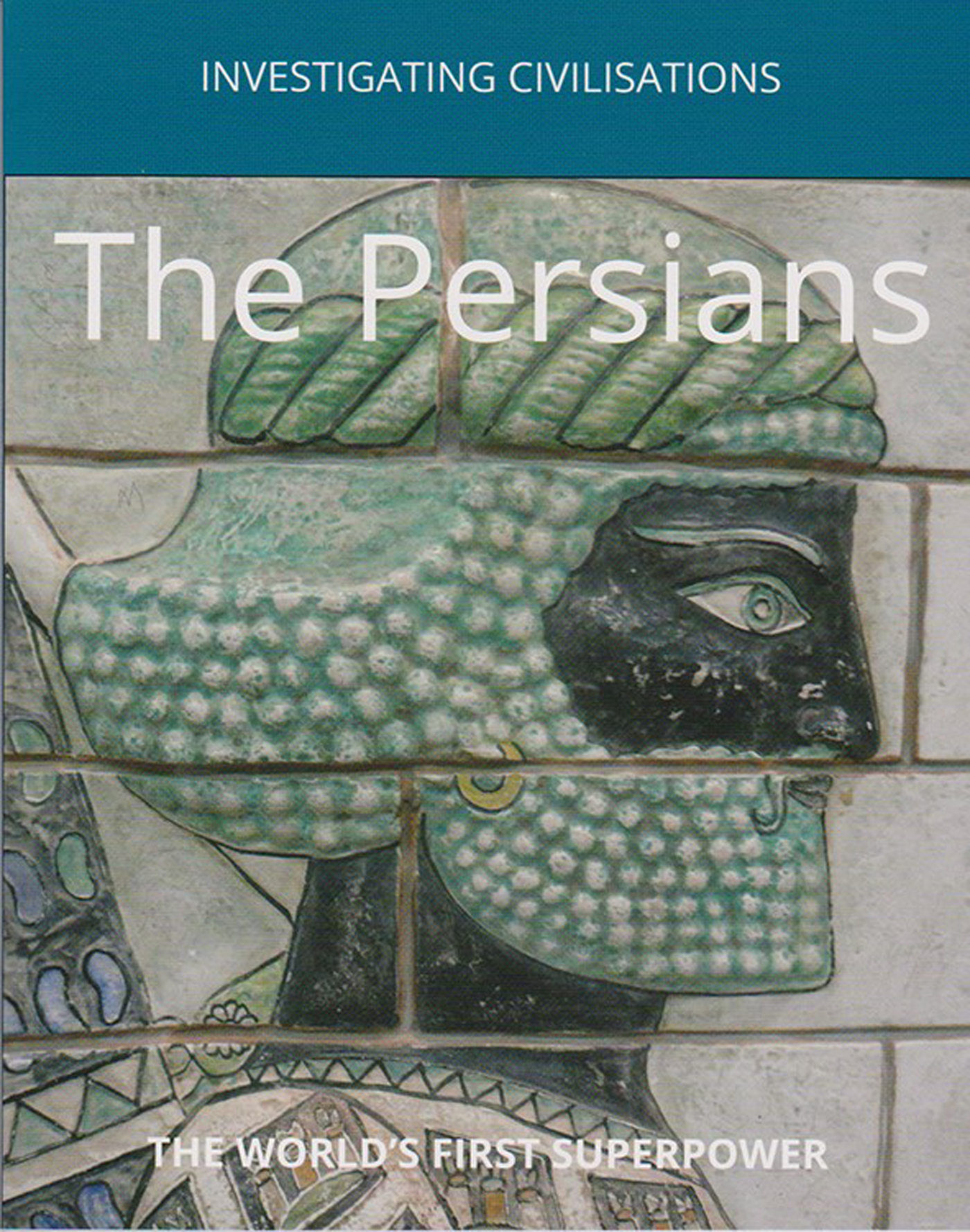
Iran's geography gives it an important place in the world. To the west lie Turkey, Iraq and Syria. South is Arabia and the Persian Gulf. To the southeast is the Indian subcontinent. To the north are Russia and the Caucasus. To the northeast lie the developing states of Central Asia. To the east, Afghanistan and China.
Iran's history involved it with all these regions: in the west where once it dominated, it held firm against Romans, and later Ottomans. Briefly in ancient times, and again in the 18th century, it occupied large parts of the Indian subcontinent. It lost the Caucasus to Russia in the recent past. Afghanistan was a thriving region of the Iranian world until the British became involved. The Iranian world once extended eastwards into Central Asia and the frontiers of China: the brutal Mongol invasions wiped out populations, but in the end even the Mongols succumbed to Persian culture. The Parthian dynasty in Iran first opened the west to trade with China, and Iranians controlled the Overland silk roads for centuries. At other times it was over-run – briefly by the Macedonians under Alexander and his successors, then, not until over a millennium later, by Arabs, Seljuqs, Mongols, Afghans, Turkomen - all these peoples left their mark – but were at the same time soon “persianized” in language and culture.
Yet today Iran is suspect to the West, and by some regarded as an enemy. The current regime, in charge of Iran since the establishment of the Islamic Republic after the fall of the hated monarchy in 1979, is disliked by many of its own citizens, and distrusted by many outsiders. Nations often suffer governments unloved by the rest of the world – but in Iran's case this dislike of the Islamic Republic seems to have encouraged us to ignore the previous 2,500 years of Iranian history. Even the “Persian Wars” of the 5th and 4th centuries BC tend to be seen as a part of Greek history, or only a prelude to subsequent “clashes of civilisation” between east and west – rather as the Greeks saw the Trojan War as a warm-up for Marathon and Salamis. We still tend to accept the imperialist historian who told us in 1851 that “[on the Battle of Marathon] depended the whole future of civilisation”.
The Persians is an attempt to remedy this state of ignorance or indifference – a cheap and simple illustrated book which aims to highlight the story of the Persians (we explain why Persians are Iranians, but not all Iranians are Persian!); how they emerged from a nomadic past on the steppes to create the world's first intercontinental empire; how they dealt with challenges from Greeks, Macedonians, and Romans. There is a website which goes into the earlier story in much greater detail – and then takes it on through problems caused by the arrival of Huns, Arabs, Turks, Mongols – and more recently of Russians, British, Germans and Americans.
The format is the traditional “two-page spread” – where each spread deals with a specific topic, illustrated by original source material wherever possible (both written sources and objects). The language has been checked as suitable for Key Stage 3 students, although the material will be appropriate for anyone at secondary level. It's also been recommended for children with Iranian heritage – as there's very little available which approaches the subject from a non-western stance.
There's been much discussion in academic circles about “decolonising” the Classics – while not really involved in the politics of this controversy, it can be confidently stated that this book looks outward from Iran – taking a view from the centre, rather than from the point-of-view of a tiny city that briefly found itself of interest to an empire of 10 million people!
My fascination with Iran – as a former Classics teacher with the normal limited experience of ancient Persia (Herodotus, Aeschylus’ Persians, bit of Parthians) – began when I toured the country in 2009. Young Iranians I met spoke excellent English, and were not just interested in Britain and its culture but extremely knowledgeable about it. I thought how sad it was that the chance of a child in the UK having even rudimentary knowledge in Iran was extremely remote. This book is my attempt to redress the situation! It's an introduction. It leaves out much that is important (though the website can fill gaps), but I hope that as world events unfold there will be some for whom Iran is not “a faraway country… of which we know nothing”.
It's hoped that The Persians will be the first of several books in a series on Investigating Civilisations published by Hands Up. Topics currently under consideration include Stories of Early Rome, and Democracy in Athens. There is a website specifically tailored to the book, designed to help teachers who may not be familiar with the material – and which adds ideas for discussions and activities. The Persians is published by Hands Up Education Community Interest Company.
More about The Persians and how to buy copies can be found on the Hands Up Education website (www.hands-up-education.org.uk) or by email from [email protected].
The Persians website is at www.the-persians.co.uk or www.the-persians.com.


